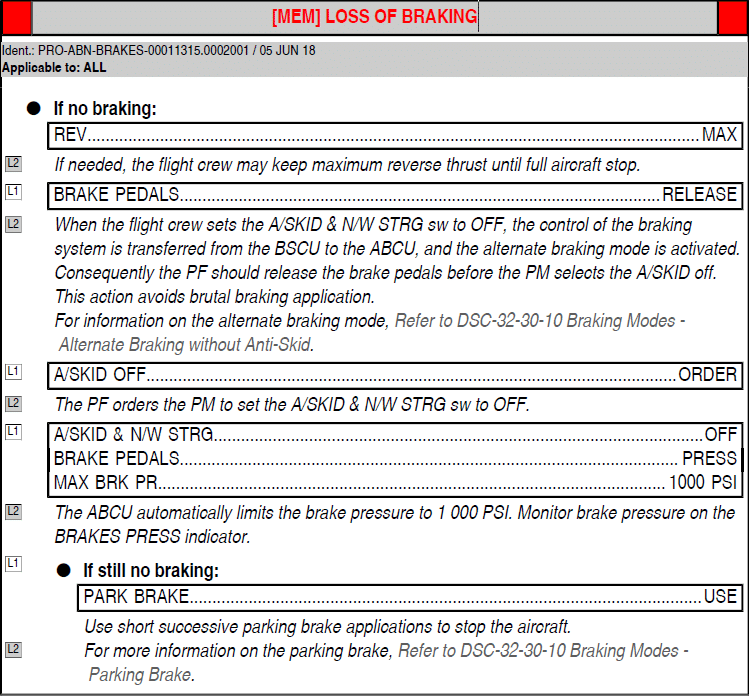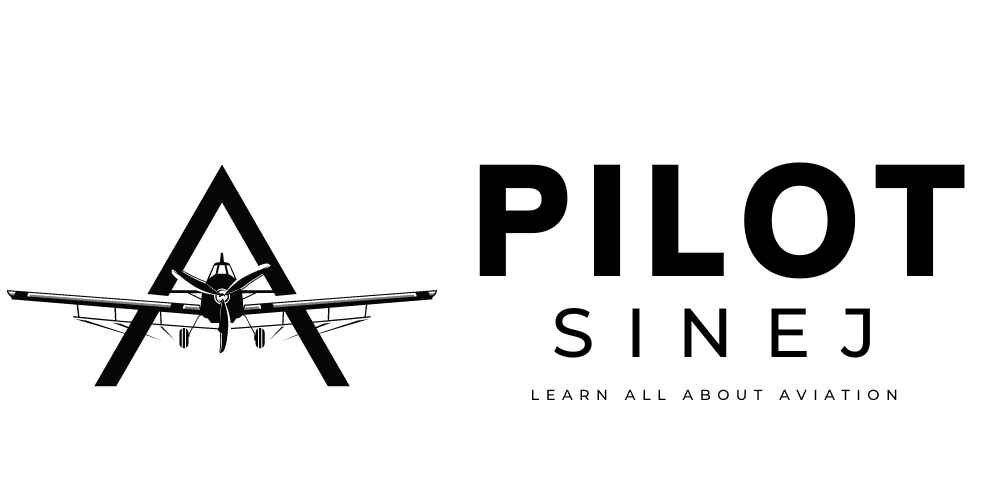Understanding the Airbus A320 Loss of Braking Memory Item is crucial for ensuring safety first during flight operations.
When the aircraft is on the runway or prepares for takeoff, pilots must be aware of how to activate the alternate braking system in case of loss of brake pressure.
The PF (Pilot Flying) should recall the necessary procedures, including the use of the wheel and pedal configurations, in order to maintain optimal braking performance of the aircraft.
Proper management of thrust and idle settings is also vital to prevent any potential skid during high-speed taxi maneuvers.
To facilitate learning, many tips and procedures are shared across the world on YouTube providing valuable content.
They often upload original content featuring a custom designed graphic that is printed in vivid color and high resolution.
This graphic is printed in vivid color using state of the art color transfer technology, which guarantees clear visibility for pilots.
When considering safety, understanding these elements can significantly enhance the overall flying experience.
Procedures for Handling Loss of Braking
While memory items can vary slightly depending on airline Standard Operating Procedures (SOPs), the core principle remains: aggressive climb to avoid ground impact.
Below is a concise, step-by-step outline commonly referenced in Airbus A320 operations.
- Autopilot (AP)…………………………….OFF
- Disconnect the Autopilot immediately to fly the aircraft manually.
- Pitch………………………………………PULL UP
- Firmly pull back on the sidestick to achieve the best climb performance. Aim for an initial pitch of around 20°–25°, or follow the SRS (Speed Reference System) if available.
- Thrust Levers…………………………..TOGA
- Advance the thrust levers to TOGA power to maximize climb performance.
- Wings……………………………………Level
- Keep wings level (or only a slight bank if necessary for terrain avoidance). Maintaining a stable, steep climb is critical.
- Configuration
- Do Not change flaps, slats, or landing gear until you are sure the aircraft is safely climbing away from terrain.
- If gear or flaps are extended, leave them in place temporarily to reduce workload and ensure a stable pitch-up.
- Monitor Flight Path
- Check vertical speed, altitude, and terrain awareness.
- Once well clear of terrain, carefully reconfigure for normal flight (e.g., retract gear and flaps on schedule).
- Callouts / Crew Coordination
- The Pilot Flying (PF) calls “PULL UP, TOGA,” while the Pilot Monitoring (PM) confirms and monitors the instruments, verifying a positive rate of climb and no conflicting terrain ahead.

Understanding the Autobrake System in the A320
Understanding the Autobrake System in the A320 is crucial for safe flight operations. This system operates through a switch that activates different autobrake modes based on the deceleration rate required during landing.
When the aircraft touches down, the main landing gear engages the brakes, utilizing hydraulic pressure to achieve the necessary friction for stopping.
Pilots must pay particular attention to the indication provided by the FCOM and adhere to SOP guidelines to mitigate the risk of runway excursions or rejected takeoff scenarios.
The autothrust system also plays a role, adjusting thrust levels depending on the aircraft type and high speed scenarios.
Additionally, pilots should be aware of the lateral control during landing, especially when an external factor, such as wind, affects the deceleration rate.
For enhanced understanding, a custom designed graphic is printed in color and high resolution using state-of-the-art technology, illustrating the phenomenon of NWS and reverser deployment during landing.
Whether in A330 or A320 operations, comprehending these systems is vital for effective flight operations support.
How does the autobrake system function in the Airbus A320?
The autobrake system in the Airbus A320 functions by utilizing various algorithms to monitoring the aircraft’s speed and deceleration during touchdown.
Upon landing, the system engages based on conf settings, ensuring an optimum braking performance.
When the pilots request a reduction in speed, the autobrake can also activate RTO (Rejected Takeoff) mode to decelerate efficiently.
This sophisticated technology is vital, as it may also affect the braking effectiveness, similar to systems in the A220 aircraft.
In fig.3, we see a high-resolution diagram illustrating the interaction of the autobrake with other systems.
The design considers multiple factors, including environmental conditions and aircraft weight, which could cause variations in braking performance.
As pilots wear hoodies made from polyester or preshrunk cotton, they rely on the Flight Crew Training Manual (FCTM) for guidance on how to use the autobrake system effectively, ensuring a safe landing.
Flight Crew Procedures for Loss of Braking
In the event of a loss of braking, flight crew must immediately assess the situation. The first step is to notify air traffic control of the emergency and declare an emergency landing if necessary.
Next, the crew should execute the braking procedure outlined in the aircraft’s operating manual, which typically includes using alternate braking systems or deploying thrust reversers.
Simultaneously, the flight crew must prepare the cabin for a potential evacuation by informing cabin crew members to brace for impact.
Once on the ground, they should utilize manual braking techniques, such as using wheel chocks or engaging the emergency brake, to bring the aircraft to a complete stop.
Safety Measures and Preventative Actions
Safety measures and preventative actions are crucial in aviation, especially for the A320 family of aircraft. A detailed description of these procedures can be found in the transcript of safety briefings and manuals.
One critical procedure is to apply the loss of braking protocol in the event of landing issues.
The A320 aircraft is equipped with advanced systems that can be monitored in high resolution using state-of-the-art technology.
Pilots and crew must take into consideration factors such as runway conditions, including the risk of contaminated surfaces, to ensure safety.
Various channels provide valuable insights into handling such situations. It is essential to maintain a steady speed, often measured in kt (knots), to ensure safe landings.
Safety protocols are as meticulously crafted as combed ringspun cotton, ensuring durability and reliability.
Regular training and updates to procedures ensure that safety measures are always in place, keeping passengers and crew safe on every journey.
